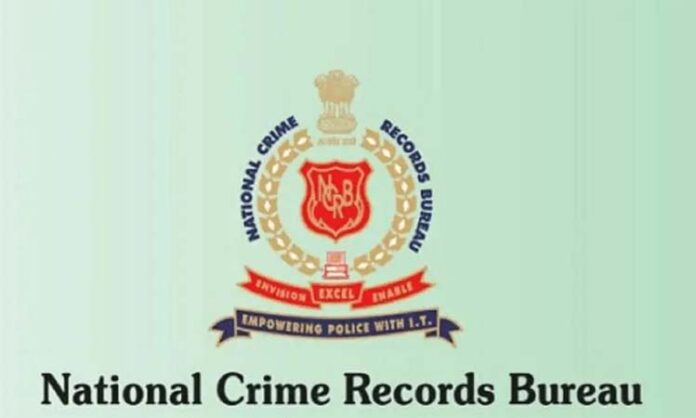The government is taking cognizance of reports of all missing girls and women. National Crime Records Bureau (NCRB) compiles and publishes information on crime in its publication “Crime in India”. The published reports are available until the year 2021.
‘Police’ and ‘Public Order’ are State subjects under the Seventh Schedule to the Constitution of India. The responsibilities to maintain law and order, protection of life and property of the citizens including investigation and prosecution of crime against women rest with the respective State Governments. The State Governments are competent to deal with such offences under the extant provisions of laws. However, the Government of India has taken a number of initiatives for safety of women across the country, which are given below:
The Criminal Law (Amendment), Act 2013 was enacted for effective deterrence against sexual offences. Further, the Criminal Law (Amendment) Act, 2018 was enacted to prescribe even more stringent penal provisions including death penalty for rape of girls below the age of 12 years. The Act also inter-alia mandates completion of investigation and filing of charge sheet in rape cases in 2 months and trials to be completed in 2 months.
Emergency Response Support System provides a pan-India, single internationally recognized number (112) based system for all emergencies, with computer aided dispatch of field resources to the location of distress.
Using technology to aid smart policing and safety management, Safe City Projects have been sanctioned in first Phase in 8 cities (Ahmedabad, Bengaluru, Chennai, Delhi, Hyderabad, Kolkata, Lucknow and Mumbai).
The Ministry of Home Affairs (MHA) has launched a cyber-crime reporting portal on 20th September, 2018 for citizens to report obscene content.
MHA has launched the “National Database on Sexual Offenders” (NDSO) on 20th September 2018 to facilitate investigation and tracking of sexual offenders across the country by law enforcement agencies.














